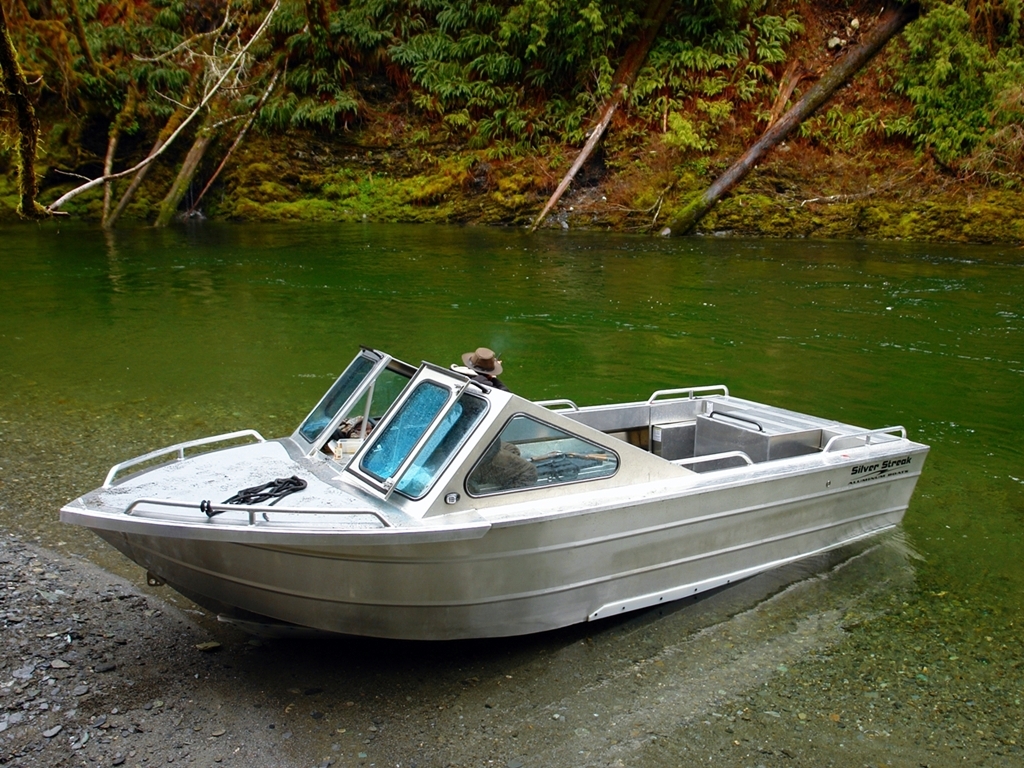
Beyond the Blueprint: Unveiling New Perspectives in Aluminum Boat Plans
Aluminum boats â€" lightweight, durable, and surprisingly versatile. But choosing the right plans, especially ones that go beyond the typical designs, can be a challenge. This article dives beyond the surface, exploring lesser-known aspects of aluminum boat design and construction, offering fresh perspectives for hobbyists, professionals, and students alike. We'll tackle this not with a dry list of specifications, but by posing â€" and answering â€" key questions often overlooked.
The Unsung Heroes: Material Selection and Beyond Standard Aluminum Alloys
Everyone talks about aluminum's advantages, but how much attention do we really pay to the specific alloy used? This isn't just about 5052 vs. 6061; it's about understanding the nuanced properties that match your specific needs.
Q: How does alloy choice influence long-term performance, particularly in corrosive environments?
A: While 5052 is a popular choice for its corrosion resistance, its lower strength compared to 6061 might be a concern for larger or higher-speed boats. Consider marine-grade aluminum alloys specifically designed for saltwater exposure, along with protective coatings. Recent research (e.g., studies from the International Journal of Naval Architecture and Ocean Engineering) highlights the effectiveness of novel surface treatments in enhancing corrosion resistance. Choosing the right alloy is an investment in longevity, minimizing costly repairs down the line.
Q: Are there sustainable aluminum sourcing options that boat builders should consider?
A: Absolutely. The environmental impact of aluminum production is a growing concern. Seek out suppliers committed to recycled aluminum and responsible sourcing practices. This is not only ethically sound but can sometimes translate to cost savings, as recycled aluminum often has a lower price point. Transparency in the supply chain is key here; look for certifications and verifiable claims from your material providers.
Designing for the Unexpected: Beyond Typical Hull Designs
Most aluminum boat plans follow well-trodden paths: modified-V hulls, flat bottoms, etc. But what about exploring less common, yet potentially advantageous designs?
Q: What are the benefits and drawbacks of exploring unconventional hull forms like catamarans or trimarans in aluminum?
A: Aluminum's inherent lightness makes it particularly suitable for multi-hull designs, offering superior stability and potential for higher speeds. However, the complexity of construction increases significantly. Thorough planning, precise calculations, and potentially specialized software (e.g., naval architecture CAD software) are essential. Researching case studies of successful aluminum multi-hulls can provide valuable insights. One example could be studying the design and construction of smaller aluminum catamarans used for fishing or recreational purposes.
Q: Can we integrate advanced design techniques, like computational fluid dynamics (CFD), to optimize hull performance even further?
A: Yes. CFD analysis allows for virtual testing of different hull designs, predicting hydrodynamic performance before a single rivet is placed. This reduces the risk of costly mistakes and allows for fine-tuning for specific operational conditions (e.g., optimizing for fuel efficiency in a commercial fishing boat or maximizing speed in a racing vessel). While requiring specialized software and expertise, the investment can yield significant returns in the long run.
The Human Element: Skills and Training for Aluminum Boat Building
Building an aluminum boat is not simply following instructions; it demands a unique set of skills.
Q: What specific training or educational programs are available for those interested in aluminum boat construction?
A: While not as ubiquitous as woodworking courses, specialized welding and aluminum fabrication programs are available at vocational schools and some community colleges. Look for programs with hands-on experience and connections to the marine industry. Online resources, including videos and tutorials, can supplement formal education, but practical experience remains crucial.
Story Time: I once met a retired engineer who, inspired by a childhood dream, built his own aluminum sailboat using online resources and local mentors. His project highlights the power of self-learning and the importance of community support in tackling ambitious boat-building projects.
Building an aluminum boat is a rewarding endeavor. By exploring unconventional materials, designs, and construction techniques, and by focusing on continuous learning and innovative approaches, boat builders can achieve exceptional results. This isn’t just about following plans; it’s about pushing the boundaries of what’s possible.
0 comments:
Post a Comment
Note: Only a member of this blog may post a comment.